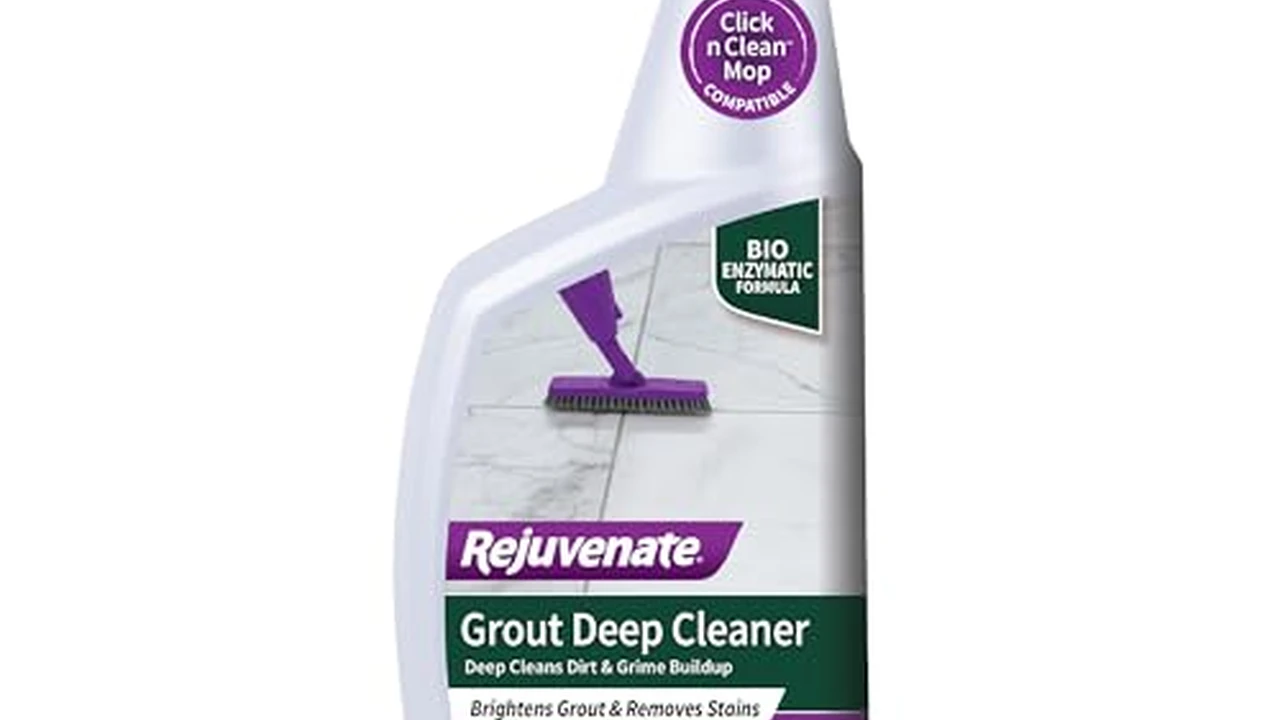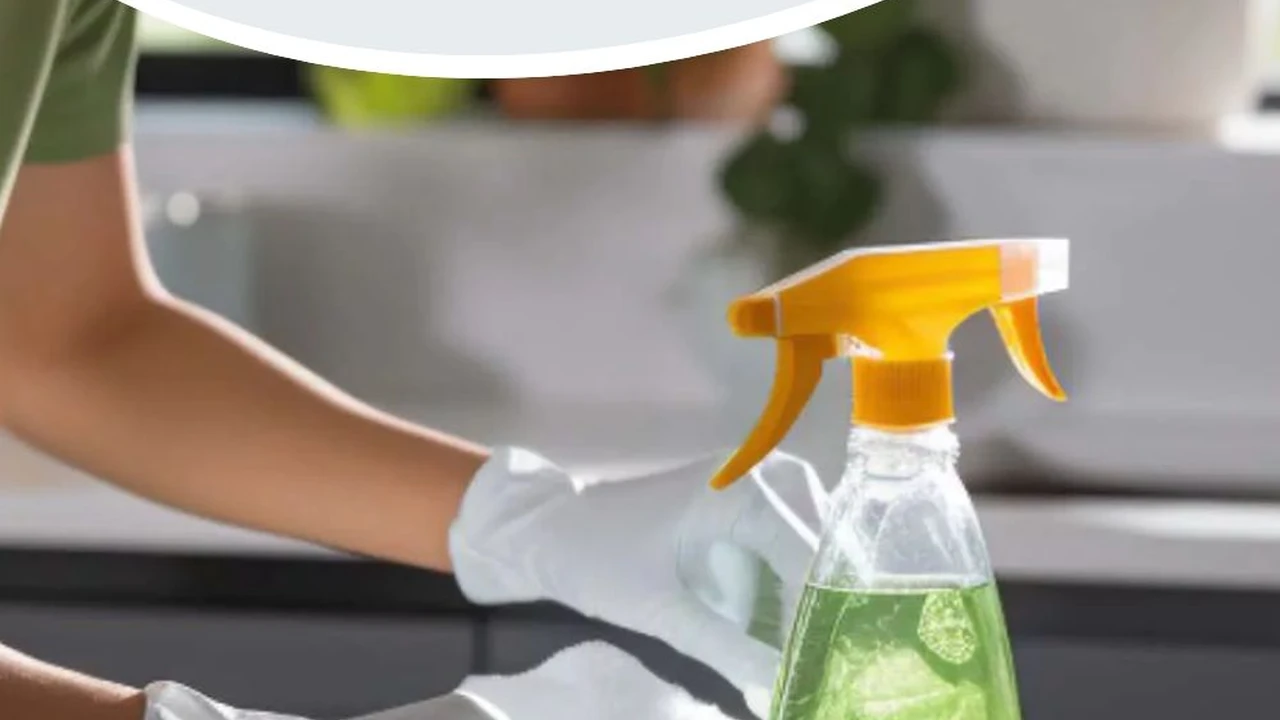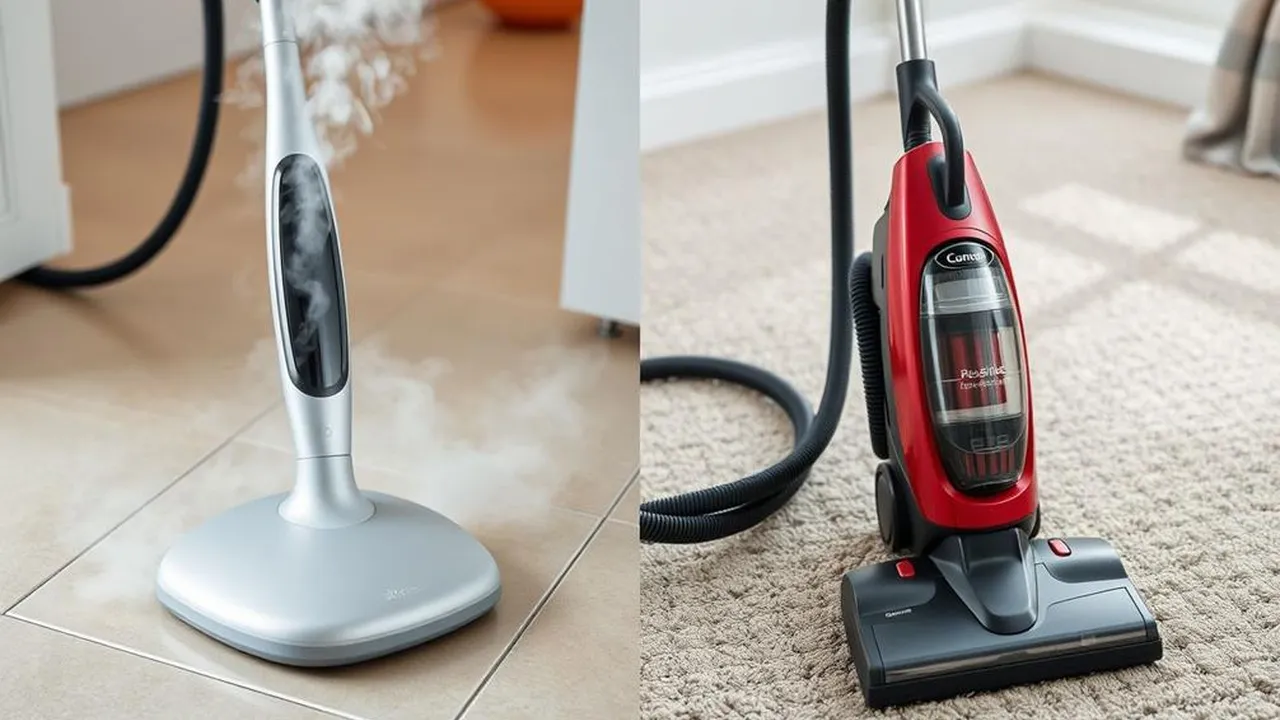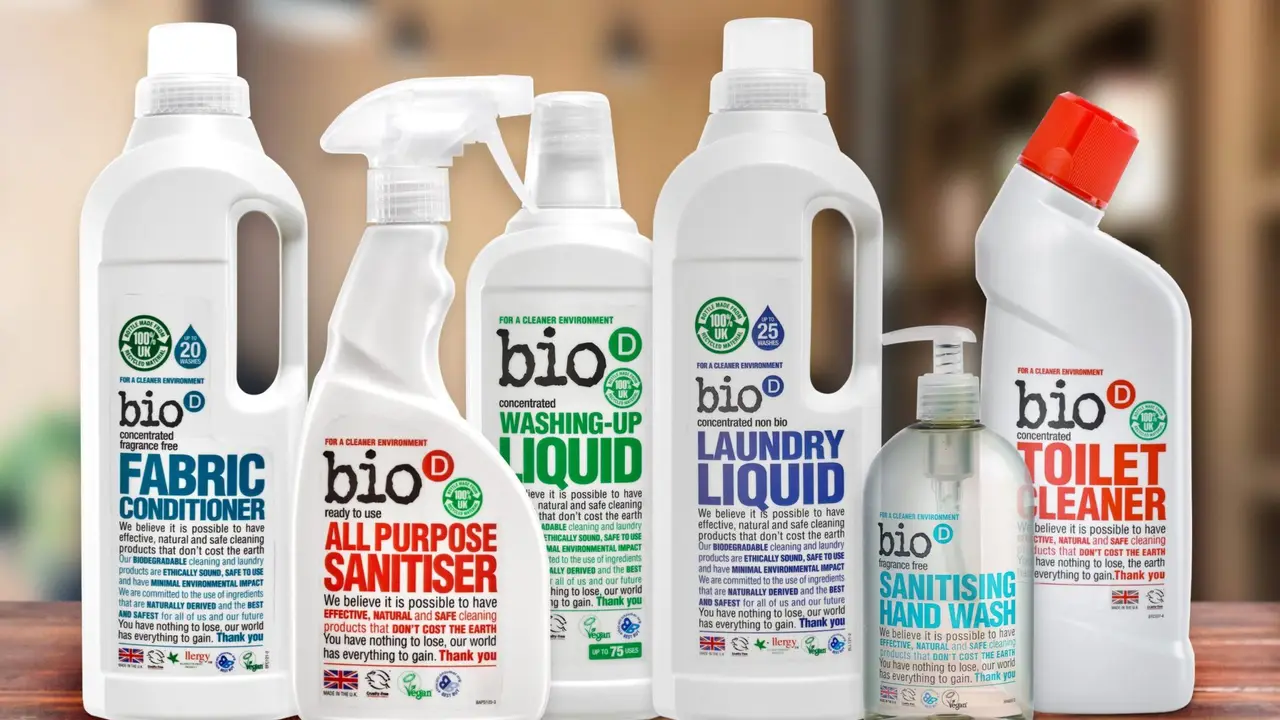Best Stainless Steel Cleaners: Maintain a Gleaming Finish
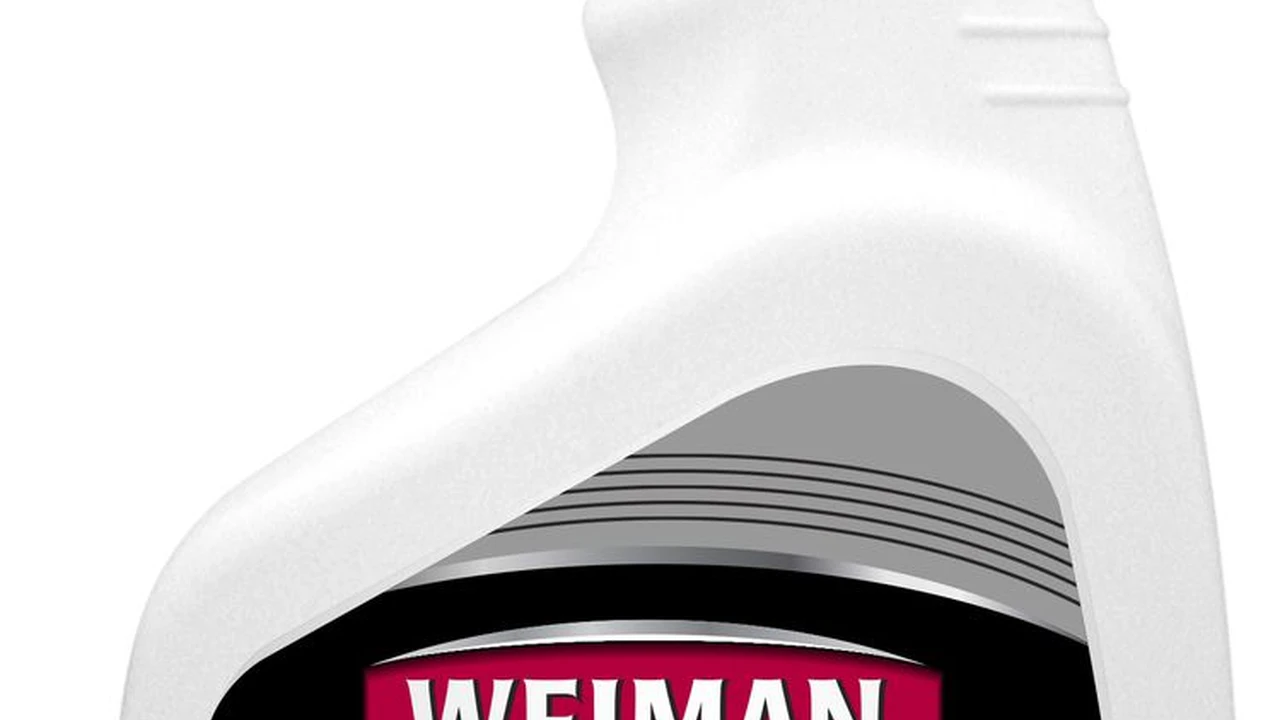
Understanding Stainless Steel and Its Cleaning Challenges
Okay, let's talk stainless steel. We all love it, right? Sleek, modern, durable... until it's not. Fingerprints, water spots, grease splatters – stainless steel seems to attract them all like a magnet. The problem is that stainless steel, while corrosion-resistant, isn't immune to everything. The chromium in stainless steel reacts with oxygen to form a protective layer, but this layer can be compromised by harsh chemicals, abrasive cleaners, and even just everyday grime. Understanding this is the first step to keeping your stainless steel looking its best. Think about your appliances – refrigerators, ovens, dishwashers – they're all prime candidates for unsightly smudges. Even smaller items like pots, pans, and sinks need regular attention. Choosing the right cleaner and using the proper technique can make all the difference between a sparkling kitchen and a frustrating cleaning experience. We'll dive into the science a bit more as we go, explaining why certain cleaners work better than others.
Choosing the Right Stainless Steel Cleaner: A Comprehensive Guide to Ingredients and Formulations
So, what's the magic formula? Well, there isn't one single perfect cleaner, but understanding the types available is key. We're talking about aerosols, sprays, wipes, and even DIY solutions. Let's break down the pros and cons of each. Aerosol cleaners are great for even coverage, but they can be messy and sometimes leave a residue. Sprays are more controlled, but you might need to buff them in to avoid streaks. Wipes are convenient for quick cleanups, but they can be expensive and may not be as effective on tougher stains. DIY solutions, like vinegar and baking soda, are eco-friendly and budget-friendly, but they require a bit more elbow grease. When choosing a cleaner, consider the surface you're cleaning and the type of grime you're dealing with. For everyday fingerprints, a mild spray or wipe might be sufficient. For baked-on grease, you'll need something stronger. Always read the label and test the cleaner in an inconspicuous area first, especially on brushed stainless steel, which can be more sensitive to scratching. Look for cleaners specifically formulated for stainless steel. These often contain gentle abrasives that won't damage the surface.
Top Stainless Steel Cleaner Products: Reviews and Recommendations for Every Cleaning Need
Alright, let's get down to the nitty-gritty – product recommendations! I've tested a bunch of different cleaners, and these are my top picks, categorized by their strengths:
Product Recommendation 1: Weiman Stainless Steel Cleaner & Polish
Ideal for: General cleaning, polishing, and protection.
Pros: This is a classic for a reason. It's easy to use, leaves a streak-free shine, and protects against fingerprints. It's a great all-around cleaner for most stainless steel surfaces.
Cons: May not be strong enough for heavy grease or baked-on food.
Usage Scenario: Perfect for weekly cleaning of refrigerators, dishwashers, and other appliances to maintain a polished look.
Comparison: Compared to other general cleaners, Weiman offers a superior shine and lasting protection.
Price: Around $5-7 per bottle.
Product Recommendation 2: Bar Keepers Friend Stainless Steel Cleanser & Polish
Ideal for: Removing tough stains, rust, and discoloration.
Pros: This stuff is powerful! It's great for removing stubborn stains and restoring stainless steel to its original shine. It's also surprisingly versatile and can be used on other surfaces.
Cons: Can be abrasive, so use with caution, especially on brushed stainless steel. Always test in an inconspicuous area first.
Usage Scenario: Excellent for cleaning stainless steel sinks, pots, and pans with burnt-on food.
Comparison: Bar Keepers Friend is more abrasive than Weiman, making it better for tough stains but requiring more care in its application.
Price: Around $3-5 per can.
Product Recommendation 3: 3M Stainless Steel Cleaner & Polish
Ideal for: Protecting against fingerprints and leaving a water-resistant finish.
Pros: This cleaner leaves a protective coating that resists fingerprints and water spots. It's a great choice for high-traffic areas.
Cons: Can be a bit more expensive than other cleaners.
Usage Scenario: Ideal for elevators, commercial kitchens, and other areas where stainless steel is frequently touched.
Comparison: 3M offers superior protection against fingerprints compared to Weiman and Bar Keepers Friend.
Price: Around $10-12 per can.
Product Recommendation 4: Method Stainless Steel Cleaner
Ideal for: Eco-conscious cleaning and light maintenance.
Pros: Plant-based formula, gentle on surfaces, and smells great.
Cons: Not as effective on heavy stains or baked-on grime.
Usage Scenario: Daily wipe-downs of appliances and countertops.
Comparison: Less powerful than Weiman or Bar Keepers Friend, but a more sustainable option.
Price: Around $4-6 per bottle.
Step-by-Step Guide to Cleaning Stainless Steel: Achieving a Streak-Free Finish
Okay, you've got your cleaner, now what? Here's a simple step-by-step guide to achieving a streak-free finish:
- Prepare the Surface: Remove any loose debris with a soft cloth or brush.
- Apply the Cleaner: Spray or apply the cleaner evenly over the surface.
- Wipe in the Direction of the Grain: This is crucial! Stainless steel has a grain, and wiping with it will prevent streaks.
- Buff to a Shine: Use a clean, dry microfiber cloth to buff the surface until it shines.
- Repeat if Necessary: For stubborn stains, you may need to repeat the process.
DIY Stainless Steel Cleaning Solutions: Vinegar, Baking Soda, and Other Natural Alternatives
Want to go the DIY route? Here are a few natural alternatives that can be surprisingly effective:
- Vinegar and Water: Mix equal parts vinegar and water in a spray bottle. This is great for removing water spots and fingerprints.
- Baking Soda Paste: Mix baking soda with a little water to form a paste. This is good for scrubbing away stubborn stains.
- Olive Oil: A tiny amount of olive oil can be used to polish stainless steel and give it a beautiful shine.
Remember to always test any DIY solution in an inconspicuous area first.
Preventing Stainless Steel Stains: Tips and Tricks for Maintaining a Gleaming Kitchen
Prevention is key! Here are a few tips to keep your stainless steel looking its best:
- Wipe Up Spills Immediately: Don't let spills sit on stainless steel, as they can cause stains.
- Avoid Abrasive Cleaners: These can scratch the surface.
- Use Soft Cloths: Microfiber cloths are ideal for cleaning and polishing.
- Apply a Protective Coating: Some cleaners leave a protective coating that helps prevent fingerprints and water spots.
Dealing with Specific Stains: Removing Rust, Hard Water Spots, and Other Common Issues
Got a specific stain you're struggling with? Here's how to tackle some common problems:
- Rust: Bar Keepers Friend or a rust remover specifically designed for stainless steel can help.
- Hard Water Spots: Vinegar and water is usually effective.
- Grease: A degreasing cleaner or dish soap can help.
The Science Behind Stainless Steel Cleaning: Understanding the Composition and Reactivity
Let's get a little nerdy! Stainless steel is an alloy of iron, chromium, and other elements. The chromium forms a passive layer of chromium oxide on the surface, which protects the steel from corrosion. This layer is self-healing, meaning that it can repair itself if scratched. However, certain chemicals and abrasive cleaners can damage this layer, making the steel more susceptible to staining and corrosion. That's why it's important to use cleaners specifically designed for stainless steel.
Common Mistakes to Avoid When Cleaning Stainless Steel: Protecting Your Investment
Here are a few common mistakes to avoid:
- Using Abrasive Cleaners: These can scratch the surface.
- Wiping Against the Grain: This can cause streaks.
- Leaving Cleaners on Too Long: This can damage the surface.
- Using Steel Wool: This will scratch the surface.
By following these tips, you can keep your stainless steel looking its best for years to come. Happy cleaning!
:max_bytes(150000):strip_icc()/277019-baked-pork-chops-with-cream-of-mushroom-soup-DDMFS-beauty-4x3-BG-7505-5762b731cf30447d9cbbbbbf387beafa.jpg)



